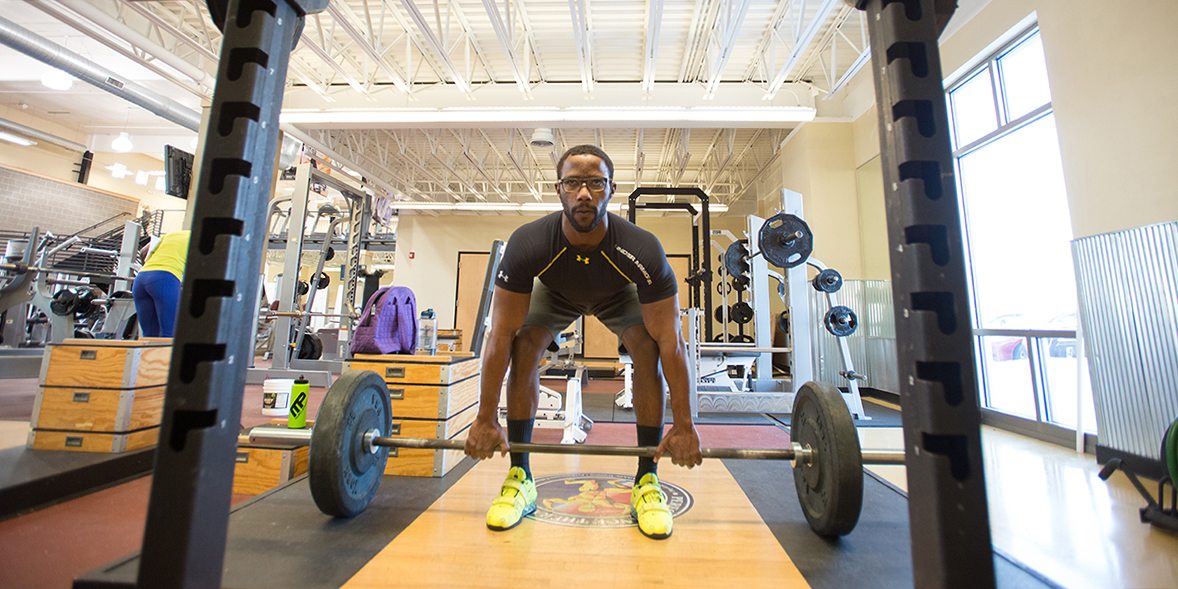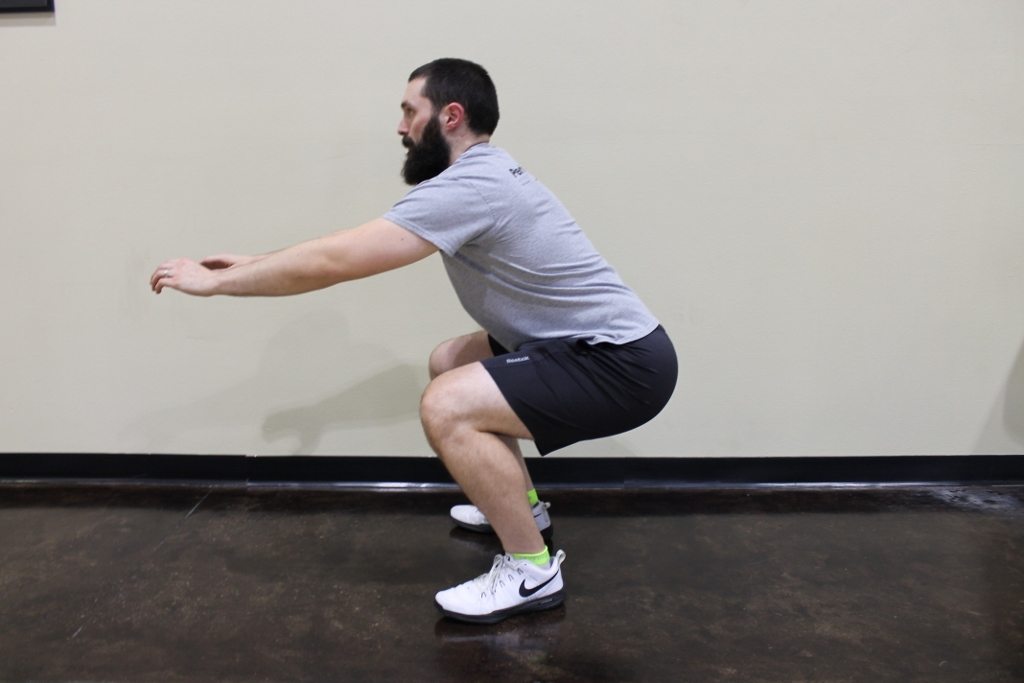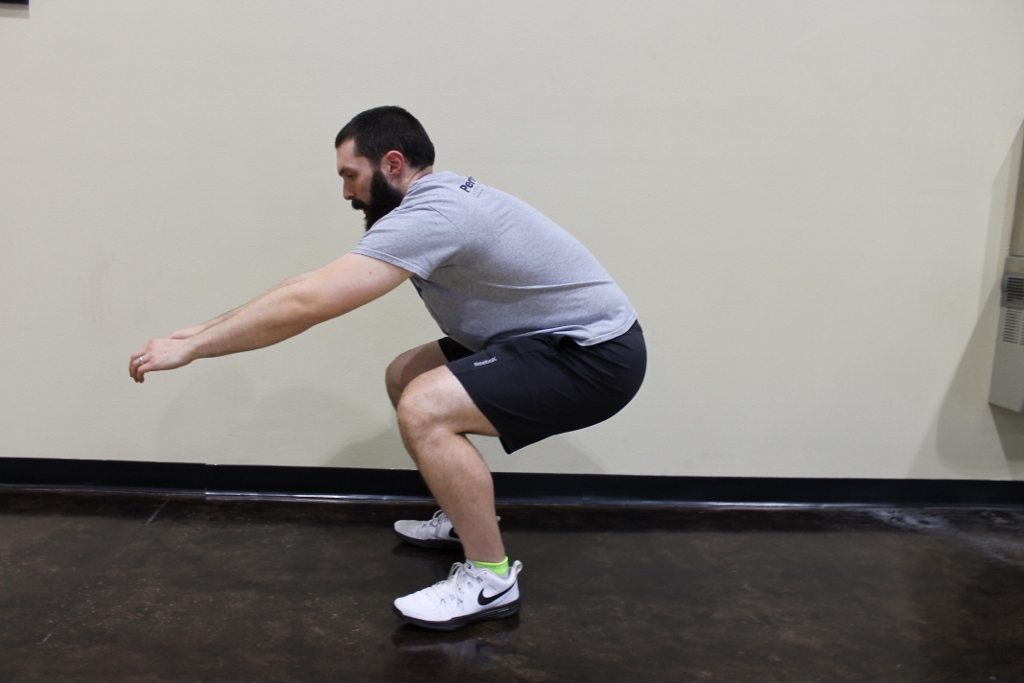Using the Joint by Joint Approach When Addressing Pain

There is nothing more frustrating than getting a few weeks into a new workout program, and suddenly something hurts, making it so you can’t participate to the level you want.
The first thing you’ll do is try to ignore it – maybe take some ibuprofen to see if that helps. Second, you’ll modify some of the exercises you’re doing, hoping that giving it a few days of rest will help. When none of that works you’ll have no choice but to do what you’ve been trying to avoid – seeing a healthcare professional who just tells you to stop doing what makes it hurt.
When it comes to the human body, we are unique and adaptable in our design. The human body will adapt to the stresses we put on it – good or bad. Our body adapts to many of our daily habits, such as postures, repetitive activities or exercises. These adaptations often contribute to the pain we experience.
Getting to the root of the problem is often times the more challenging part – treating the cause and not the symptom. Many factors play into movement and quality of movement, (my co-worker Scott Harms has written a great blog discussing The Qualities of Performance which goes into this a little more depth) but the reality is that even though the back, shoulder, or knee hurts that may not be where the problem is originating from.
Joint by Joint
The joint by joint theory discussed by Gray Cook makes something that can be complicated much easier to understand.
The body is designed to have areas of mobility and areas of stability. Mobility in this case means the ability to move joints through larger ranges of motion. Mobile joints include:
- ankle
- hip
- thoracic spine (upper and middle back)
Stability means the strength and control to stabilize these joints, allowing mobility around them. Stable joints that commonly experience pain include:
- lumbopelvic region (lower back into pelvic floor)
- knee
- shoulder
- neck
What we often see clinically is that a stable joint becomes a “mobile” joint (hypermobility) or a mobile joint becomes “stable” joint (hypomobility). Either of these situations could become problematic.
Joint by Joint in Action
Let’s use squatting for an example. Squatting is a movement that most exercise programs use in some way and, exercise or not, we all do on a daily basis. Using the joint by joint approach when we sit, squat, or lift means we need to have mobility through our ankles and hips while at the same time maintaining stability at the knee and lumbopelvic region.
The picture below demonstrates good squat movement:
Unfortunately, not all of us move like this. Our bodies have adapted to stressors we have placed on them though life, and this changes how movement occurs. The picture below shows poor squat position:
Using the joint by joint approach you see that the mobile joint (hip) has become the point of stability and the point of stability (lumbopelvic region/spine) has become the point of mobility in order to accomplish the squat. When this happens we are loading joints and soft tissues in dysfunctional ways and our body will possibly respond to this stress negatively.
Addressing Pain
Squatting is just one example of an exercise where your mobile joints become stable or vice versa. Multiple factors can limit motion; some are quick fixes and others may not be “fixable.” Understand that this does not mean exercising should be painful, you just need to learn how to move appropriately and safely.
The answer to the pain is not always just rest, ice, and/or medicine. Those can help, but finding the source of a problem is always better than treating a symptom. Physical therapists are great resources. We are not here to tell people to move less, do less, or stop something because it hurts. We are here to help you move, efficiently and pain free!
Schedule Your Free Screening
We'll meet with you one-on-one to discuss your concerns and conduct a simple assessment to determine if physical therapy is the right path for you.

